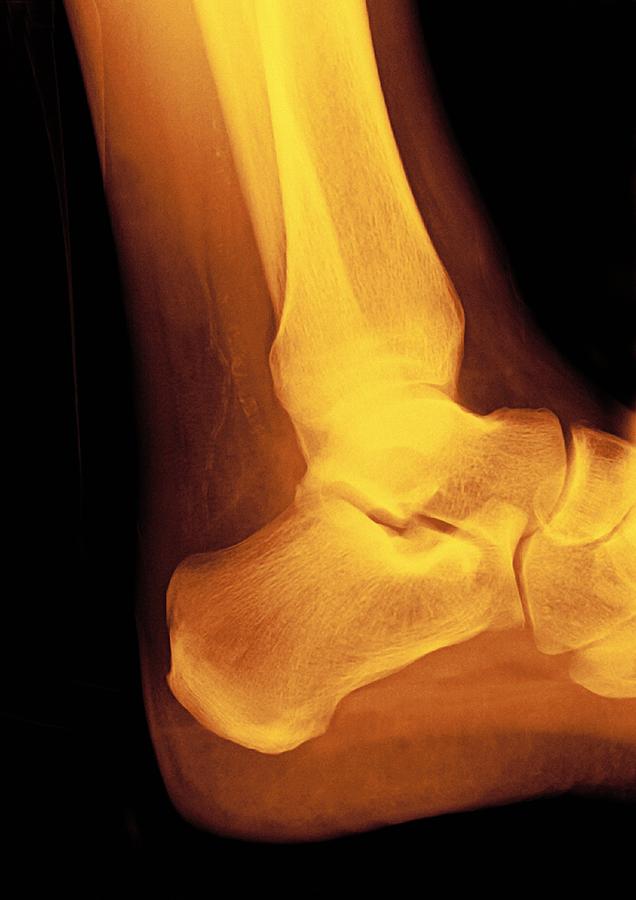
In severe fractures, there may be obvious deformities of bones around the ankle.The bruising can track down toward the sole of the foot or toward the toes. A person may see bruising around the ankle joint, although not immediately.Swelling suggests either soft tissue damage with possible blood around the joint (hemarthrosis) or fluid within the joint itself, most likely blood.Swelling frequently occurs around the ankle.It is usually pain in the ankle that stops individuals from walking.The person may experience associated foot fractures (especially on the side of the small toe) or knee that also cause pain similar to ankle pain.Sometimes the pain will not come from the exact area of the fracture.Signs and symptoms of ankle injuries and ankle fractures tend to be obvious.
NORMAL ANKLE XRAY HOW TO
SLIDESHOW Pictures of the 7 Riskiest Workout Moves, and How to Improve Them See Slideshow Some of these ligaments may be disrupted if the ankle is fractured. They are the capsule ligament, deltoid ligament, the anterior and posterior talofibular ligaments, and the calcaneofibular ligament. The ankle joint is stabilized by several groups of ligaments, which are fibers that hold these bones in place.The synovial fluid allows for smooth movement of the joint surfaces. The joint capsule contains the synovial fluid produced by the synovium. A fibrous membrane called the joint capsule, lined with a smoother layer called the synovium, encases the joint architecture.Together they form an arch or mortise (a recess) that sits on top of the talus, one of the bones in the foot. These malleoli are the lumps of bone that you can see and feel on the inside and outside of the ankle. The far ends of both the tibia and fibula are known as the malleoli (singular is malleolus).The fibula is a smaller bone that parallels the tibia in the lower leg and makes up the lateral, or outside, anklebone.The tibia, the main bone of the lower leg, makes up the medial, or inside, anklebone.The ankle joint is made up of three bones that fit anatomically (articulate) together, the tibia, fibula, and talus (some medical experts also include the calcaneus bone and label the joint as the subtalar joint and consider it part of the ankle):.Frequently it is difficult to distinguish a fracture (broken bone) over a sprain, dislocation, or tendon injury without X-rays of the ankle. The main concern is whether there is a broken bone vs. Often, the degree of pain, the inability to walk, or concern that a bone may be broken is what usually causes people to seek care for an ankle injury. Severe fractures such as those requiring surgery will take more time to heal.Īnkle injuries are among the most common of the bone and joint injuries.
NORMAL ANKLE XRAY FULL
The recovery time for a broken ankle for most patients is 4-8 weeks for the bones to heal, and several months to regain full range of motion of the ankle joint. The prognosis for ankle fractures is good to fair.Treatment for a broken ankle includes casting, taping, wrapping, booting, or surgery, depending on the type and severity of the fracture.




 0 kommentar(er)
0 kommentar(er)
